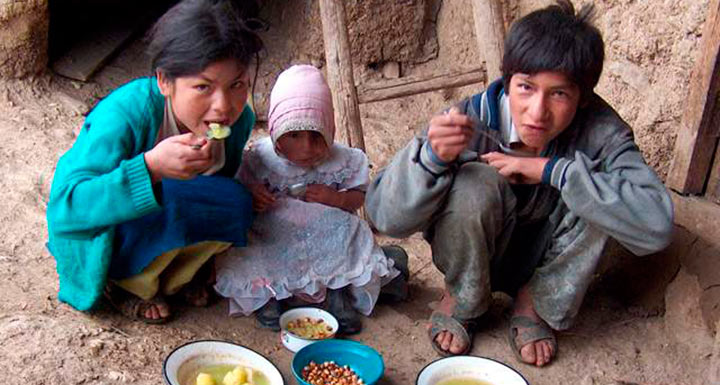
Poverty In Latin America and Caribbean reduced by half: Study
Poverty in Latin America and the Caribbean has been reduced by almost half in the last decade, and the middle class grew by 82 million people, from 21 percent of the population in 2000 to 34 percent in 2012, according to new data released by the United Nations Development Program (UNDP).
UNDP’s analysis, based on data from the Center for Distributive, Labor and Social Studies (CEDLAS), highlights the reduction in the proportion of people living in poverty as a significant regional achievement: from 42 percent in 2000 to 25 percent in 2012.
The figures were released by El Salvador President Salvador Sánchez Céren at the regional presentation of UNDP’s global Human Development Report 2014 in capital San Salvador.
Jessica Faieta, the United Nations Assistant Secretary-General and UNDP Director for Latin America and the Caribbean, said on the occasion that Latin America and the Caribbean today has the highest HDI compared with other developing regions. And while income inequality has increased in other regions of the world, theirs has managed to reduce the gap, mainly due to the expansion of education and public transfers to the poor.
According to her, in the last 30 years Latin America and the Caribbean has undergone tremendous transformations. Democracy has consolidated in the vast majority of countries and, after the lost decade of the 80s, people have experienced major improvements in health, education and access to economic resources, the dimensions which compose the Human Development Index (HDI), a measure of well-being of the United Nations Development Program (UNDP).


